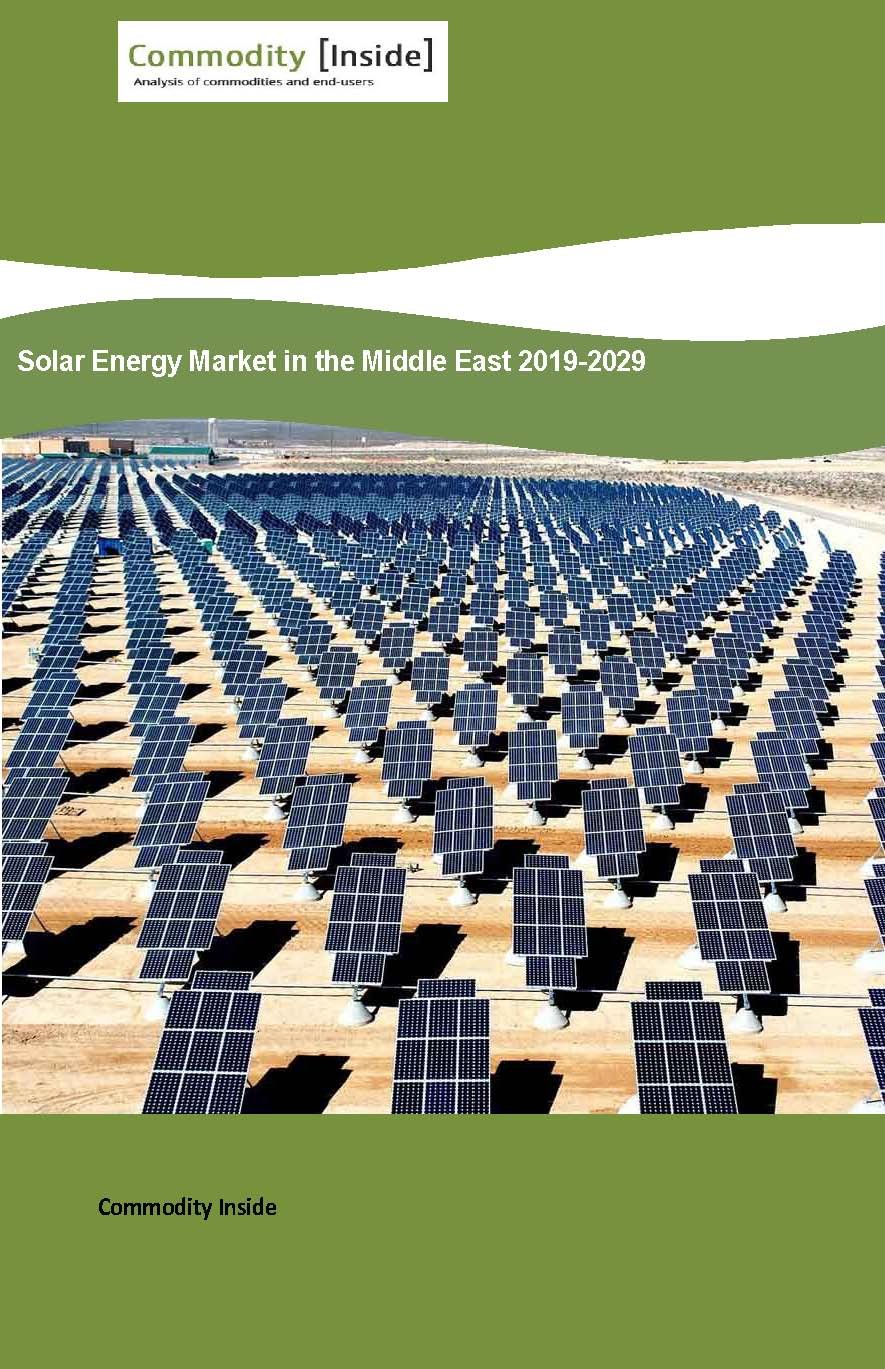Description
The Middle East Solar Energy Market Size and Outlook Report by Installed Capacity, by Demand, by Project Capacity (2019-2029)
Insight
In the Middle East, demand for electricity is increasing with a high growth rate owing to the rapid rise in the industrial and construction sectors. Fossil fuel is the main energy source, which is comparatively cheaper to produce power in the region.
However, the region is still far behind in the solar energy market due to the cheap availability of substitute for power, i.e. oil. It is the main reason for less investment in the solar energy sector, despite relatively high electricity demand.
To comply with environmental obligations and to fulfil its growing energy needs, the region is investing in renewable prominently in solar and wind energy to diversifying its power generation energy mix. There is a significant potential for solar energy in the region due to abundant solar resources. The solar market remained attractive in the last few years due to the governments’ efforts to diversify its energy mix and a substantial fall in solar PV installation costs.
The Middle East is one of the hottest regions in the world, which is ideal for solar energy. There have been some efforts across the region to increase and accelerate the use of solar energy. Israel, Morocco, Yemen, Jordan and UAE are leaders in the regional solar energy industry. The planned investment may change the regional solar landscape in the future.
The UAE currently produces more solar power in the region and has ambitious targets for increasing the renewable energy share in its energy mix. It has turned to a key solar energy player in the region as a result of solar installations over the last few years. The major solar projects such as Abu Dhabi Masdar City and Dubai Mohammed bin Rashid Al-Maktoum Solar Park demonstrated the country keen interest in renewable energy.
Saudi Arabia’s Vision 2030 shows a shift towards renewable energy and limits its dependence on oil revenue. The solar sector is gaining much interest due to economic diversification plan of the government. The government is investing heavily in solar power parks. The Saudi government is also trying to attract investments from key global players in its solar sector by providing various incentives. Other Middle Eastern countries, including Oman, Bahrain and Iraq, are also pursuing solar energy projects.
There are several challenges to developing solar energy market in the region. The solar farms in several countries are vulnerable to sandstorms, which require cleaning the solar panels. In some of the Middle East countries such as Iran, subsidies for oil and gas-based fuels make it difficult for solar energy to compete on prices.
Significant capital investment is required to support the solar energy industry. In the coming few years, we expect substantial investment in the solar energy sector due to the supportive policies. However, the governments’ environmental-friendly policies will likely to create more opportunities for renewable energy sources in the future.
Scope and Coverage
Solar Energy Market in the Middle East 2019-2029 is a high data-intensive report and encompass the following aspects of the market.
- Solar energy generation by country 2014-2029 (TWh)
- Solar power capacity by country 2014-2029 (GW)
- Solar power project capacity by plants 2019 (MW)
- Project/plant type
- Project/plant name
- Location
- Capacity
- Ownership
- Year of operating
- Status of the project
- Macroeconomics indicators by country 2014-2029
- ROTS Analysis (Risks, Opportunities, Trends and Strategies) in the Middle East solar energy market
Forecast Segmentation
- Solar power capacity by country in the Middle East 2014-2029
- Solar demand by country in the Middle East 2014-2029
- Macroeconomic forecasts by country in the Middle East 2014-2029
Country Coverage
- Bahrain
- Iran
- Iraq
- Israel
- Jordan
- Kuwait
- Lebanon
- Oman
- Qatar
- Saudi Arabia
- Syria
- United Arab Emirates
- Yemen
- Rest of The Middle East
ADDITIONAL INFORMATION
| Publication date | August 2019 |
|---|---|
| Report format | Excel data with supportive analysis in PDF |

